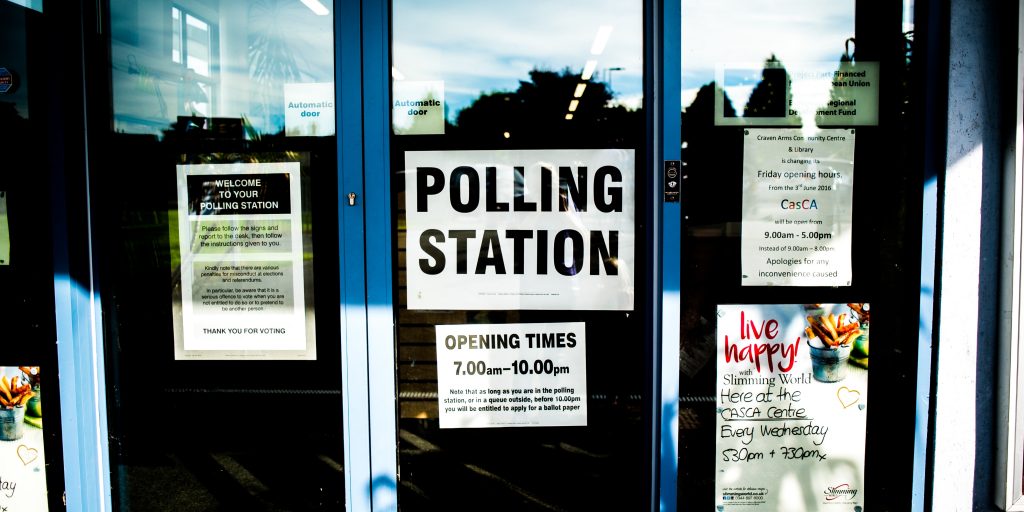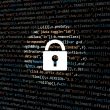Ahead of Nov. 8 election, mayoral organization hosts discussion on safety, security
WIth two weeks to go at a particularly divisive political moment in American history, local administrators and public safety officials are preparing for what has the potential to be an eventful election day. Concerns about voter intimidation and militia activity around polling stations have reached mainstream headlines in recent weeks, and President Joe Biden is expected to issue an advisory this week warning of threats specifically targeting election infrastructure.
Ahead of Nov. 8, Charles Ramsey, former commissioner of the Philadelphia Police Department, said public officials and police chiefs should talk with stakeholders about the safety of their polling practices, and whether or not their communities would welcome police officers at polling stations or “Whether a law enforcement presence will be more intimidating for voters,” he said, noting some locations historically assign officers to polling stations on election day while others don’t. “That’s a conversation they should be having. Issue of people being armed around polling places is a concern.”
Ramsey was speaking on a webinar hosted by the U.S. Conference of Mayors titled “Assuring Safe, Fair, and Free Elections.” The discussion, held Monday, spanned a range of topics, including the role of law enforcement inside of polling stations, and the important part local officials play in ensuring elections are safe and equitable for everyone.
Beyond stationing officers strategically, Ramsey said it’s important to ensure that everyone in the organization is on the same page, from patrol officers to dispatchers, so there aren’t any surprises.
“Make sure 911 dispatchers are also in the loop to make polling calls a priority,” he continued. While perhaps not a lights-and-siren response, election-related calls “should not be a low priority” to prevent small concerns “from becoming a bigger issue.”
Another panelist, Mary McCord, executive director of the Institute for Constitutional Advocacy and Protection (ICAP) and a visiting professor at Georgetown University Law Center in Washington, D.C., said public officials including mayors and district attorneys can also publish ahead of time “strong statements” that armed activity around polling locations won’t be tolerated. Monitoring local social media for possible threats is another impactful step to take.
“Social media and the online environment in general, has been a major, major driver not only (for spreading) disinformation,” McCord said, “It’s also the medium for engaging in it.”
And while there are free speech protections that apply to many interactions on social media, certain communication doesn’t fall under that umbrella.
“It doesn’t have to be just threats of violence, it can be other threats of consequences,” McCord said, noting the historic precedence of violence directed at poll workers. “I don’t have to recount to you what we saw in the last election,” she continued, including “death threats” and “examples from every state.”
Recording in and around polling stations was another notable topic of conversation. For police officers wearing body cameras, McCord said they should be kept on, providing they’re not filming the actions of residents voting inside booths.
“We don’t think it would violate whatever prohibitions would be on private citizens recording at the polls,” McCord said, citing an advisory published by Georgetown University.
The legality of private citizens recording incidents of voter intimidation or harassment is a bit less clear.
“Laws governing the use of recording devices inside the polls vary widely from state to state. In some states, voters are expressly barred by statute from recording other people at the polls,” the advisory reads. “Many states do not explicitly prohibit voters from using recording devices at the polls but, instead, leave it to the discretion of polling place officials to determine whether and under what conditions recording may be permissible. In these jurisdictions, voters are often free to use recording devices as long as they do so in a manner that complies with other election laws and is not meant to harass or intimidate other voters.”
Given these vast discrepancies in laws, Ramsey again stressed the importance of clear and open communication within law enforcement organizations especially.
“Have that meeting with all the relevant players and coordinate, because again, you don’t want to wait up until the last minute to do that,” he said.
Additional resources, curated specifically for public officials and law enforcement organizations, can be found on the Committee for Safe and Secure Elections’ website at safeelestions.org.




















